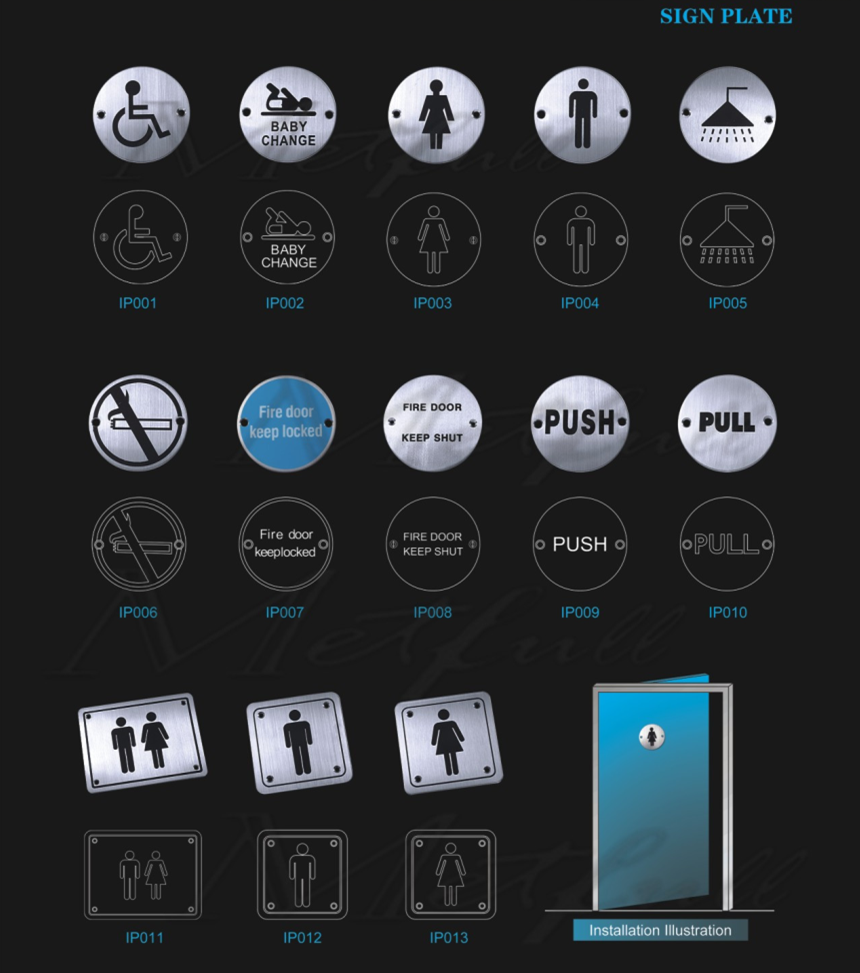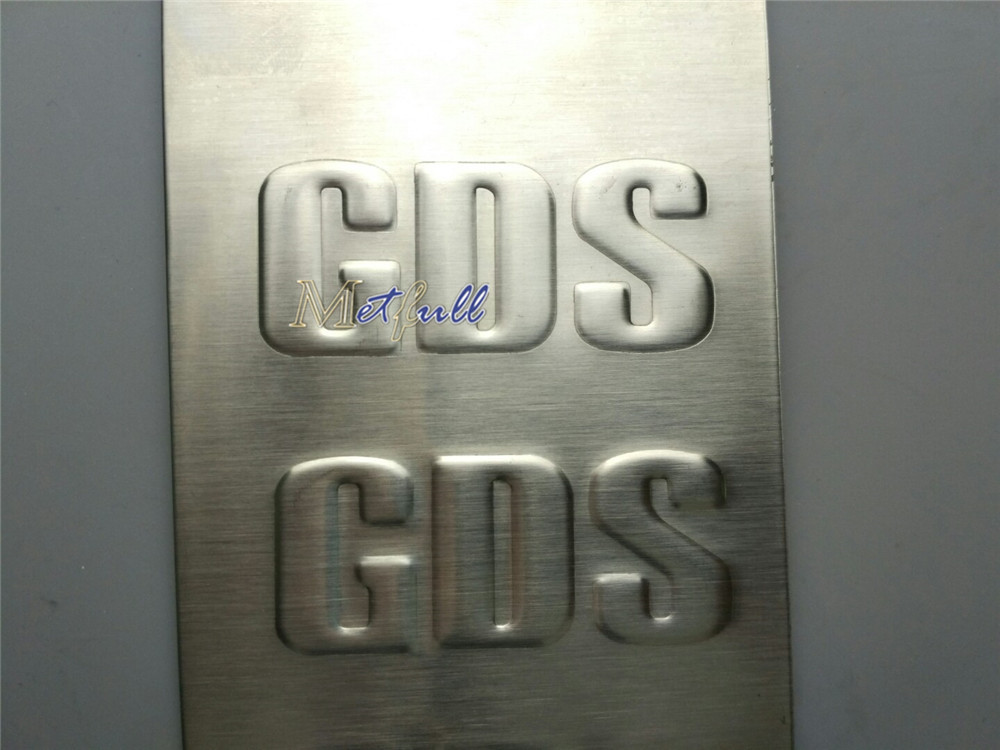As a method of welding processing, friction welding has been widely used. Its excellent features are: welding of different materials; welding of different hardness materials; welding of high hardness materials or parts; weld strength higher than the base metal; high welding efficiency, saving materials (such as for most of the mounting structure) , welded structure after mounting, etc.
Friction welding was previously used for mass production, as well as for parts that save expensive metal materials, such as welding of high-speed steel with high-speed steel and shank, and welding of engine valve ram and pan head. The use of friction welding not only saves precious materials such as alloys, but also breaks the traditional integral forging or casting process. Friction welding is used to break up complex forged or cast parts into two or more parts and combine them into a whole by friction welding. Figure 1 shows a foreign axle bridge assembly, which divides the semi-axle into two parts, flange 2 and shaft tube 1. It is friction welded and integrated into a half-bridge assembly 3 for friction welding. Axle shell assembly.

The domestic use of friction welding technology in the automotive industry, especially in the axle manufacturing industry, began in the 1980s. The former Huanghai Automobile Group Axle Company was the first manufacturer to use the friction welding technology for axle production. Nowadays, there are automobile, petroleum and other industries that use friction welding technology in China, and this technology is used earlier in foreign countries. In many industries or products such as axle housings, axles, cables (copper and aluminum) joints, fan shafts and shift levers, etc. There are applications. Its friction welding equipment, technology research, application, inspection and judgment specifications are ahead of China, especially in Europe and the United States. Although this welding technology has received attention and gradually used in China in recent decades, it has not been widely promoted due to traditional habits and understanding.
Friction welding is actually a method in which mechanical energy (rotational motion + axial linear motion, forming a relative frictional friction of a welded part) is converted into heat energy, a fired welded part, a forged joint, and a pressure-fixed shaped weld by a friction welder. The rotary motion is the main motion, and the top forging force is a range parameter that determines the weldability or degree of the welder, as a model specification parameter. The friction welder consists essentially of a bed, a headstock, a slide or table, a hydraulic system, a main power and brake system, and an electrical control system.
There are differences in the structural form between domestic and foreign friction welding machines. The domestic welding machine usually adopts a fixed headstock and main power and braking system. The hydraulic system and components are used to drag the parts on the sliding table to provide and meet the friction welding conditions; the foreign friction welding machine is a fixed worktable, the headstock Or a power source mounted on the headstock - the motor is driven by a single hydraulic cylinder, such as friction welders produced in countries such as the United Kingdom and the United States. Therefore, foreign friction welders usually also add a device that removes the welded curled edge (usually referred to as the "flange").
British equipment generally adds a turning tool holder on the side of the spindle box. After each welding, the spindle chuck releases the workpiece and retreats a certain distance. (In friction welding, the workpiece overhang of the spindle chuck is shorter, so as to make the clamping point as much as possible. Close to the welding interface, to ensure that the weldment relative to the small jump and clamping stability) leave the tool stroke space, the chuck clamps the welded assembly again; at the same time, the fixed table jaws are loosened, and the rotating support roller bracket is lifted. The spindle is rotated again to complete the turning work. Most of the friction welding equipment used in the United States is equipped with a pusher device (similar to forged trimming) at the front end of the spindle. The pusher is divided into two parts on the circumference, and the friction welding bead is divided into two parts by pushing time or action difference. It is ensured that the removed flanging is completely separated from the welded finished part (the pusher moves integrally as a whole, and a complete crimping loop is formed on the welded part). The foreign welding machine is earlier than the development of the angular phase control. The precision control is more accurate than the domestic one. Some products, such as the shifting lever mentioned above, are the forks and intermediate tubes that require a certain angle or position at both ends. The use of friction welding not only guarantees the requirements of length, radial runout (or coaxiality), but also the angular position requirements. These products also include some equal-strength designs, strength enhancement at corresponding angles, and benchmarks. Angled relationship requirements, etc.
First, the use and process parameters location
1. Forging Force
As the model specification parameters of the friction welding equipment, for example, the friction welding machine with the largest specification in the country is generally 125t, and the model number is C125 (currently expressed by the standard unit kN). For a certain workpiece, the top forging force of the equipment is calculated according to the area of ​​the welded butt joint surface, which is usually 82.9-165.7 MPa (845-1690 kg/cm2), and the values ​​are selected according to the hardness and comprehensive mechanical properties of the material.
2 . Friction welding surface speed (Surface Velccity)
The surface speed of the friction welding is 80 to 245 m/min, which is converted into the number of spindle revolutions according to the diameter of the part.
3. Welding Force
The welding pressure is 41.7~82.9MPa, which is calculated and checked according to the condition of the welded parts and the weld control requirements. European and American countries have formed the industry standard for friction welding. The friction welder manufacturers and the use factories themselves have also determined the engineering specifications (such as xxES) and inspection specifications of the corresponding plants. Refer to ANSI/AWS C6.1-9 (Recommended Practices for Friction Welding) standard welding terms and definitions, which are primarily used to determine process parameters, inspection and monitoring items, standards, and methods for a particular product. There are many friction welding processes for finished parts in foreign countries, that is, except for the length of the weld to be welded before the friction welding, all the dimensions and precisions have reached the requirements of the assembly or finished parts, only the friction welding process and additional alignment The final technical requirements can be achieved. While ensuring the coaxiality requirements of the welded parts, it is necessary to control the axial length dimension. Therefore, some friction welders have the function of comparing or measuring the length of the parts before welding and automatically adjusting the parameters during welding to control the length of the product pieces. These products are relatively wide in length and size requirements. After the two welds are completed, the length tolerance is 4 to 6 mm. However, for ordinary friction welding machines to ensure such tolerances, detailed calculation, adjustment and control of process parameters are required. For example, Shuguang Heavy-duty Axle Co., Ltd. is a trailer assembly for the DANA company. The equipment used is the first friction welding machine developed by the domestic friction welding machine factory for the automotive industry. The function and performance are far less than the current products. In the past 20 years of experience, combined with actual adjustments and improvements, and seeking new application methods, determine reasonable and controllable process parameters and meet their technical requirements.
In the actual work, according to the physical characteristics of the welded parts, according to the technical requirements of the product and the above recommended values, the welding process parameters are determined.
4. Based on friction welder equipment function configuration
The friction welding process with comparative measurement and adjustment control and removal of the curling function is divided into five stages:
(1) Butt After the welding is clamped, the spindle head moves to the top of the table (shaft tube or other welded parts) to determine the welding zero and the melting length.
(2) Pre-burn Clean the welding surface before friction welding of the welded parts.
(3) Hot melt (Burn) At a certain speed and pressure (or within a specified time), the weld part is partially melted.
(4) Forge After the rotary friction is melted, the spindle rotation clutch is disengaged and braked to stop the spindle rotation. Following an upset delay (a short delay), the pressure is increased to the set upset pressure for a specified time. At this time, the hot-melt metal material (squeezed) is rolled up, the welded members are fused and joined together, and the grain at the weld is refined.
(5) Weld curl removal After the upset forging, use a pusher to cut or use a turning tool to cut off the curled edge (flanging).
Foreign and domestic products produced by friction welding machines with comparative measurement and curling edge removal function, using lathes or special milling machines (welding assembly rotation, fixed milling cutter) to process the weld curling edge. The welding process is divided into three stages: 1I level friction, similar to the second stage. The actual parameters are determined, and the adjustments are combined with other stages to ensure the final weld quality and length control. A reasonable pressure value of 20.6 to 41.2 MPa and time is usually determined, and the movement speed of the table is relatively low at this stage. 2 Class II friction, consistent with the third stage, to determine the welding conditions. 3 top forging, the same as the fourth stage. Parameters such as pressure, heating distance (length), upset length, heating (hot melt) time, upset time, and spindle speed (speed) need to be monitored and recorded.
5. Quality requirements for welding materials
(1) The welding surface of the part to be welded must be clean and free of rust.
(2) The perpendicularity of the abutting surface and the rotating shaft center needs to be guaranteed, generally ≤0.75mm (depending on the size of the welding piece and the mating surface).
(3) For the same type of pipe parts, the wall thickness shall be basically the same, and the mating surfaces shall be equal and the curled edges shall be symmetrical.
(4) For pipe fittings with large difference in wall thickness, the thicker parts are subjected to boring processing, and the processing length is ≥25 mm to ensure the need for sufficient space for the curled edge of the weld to be rolled or to remove the curled edge.
Next page
The company's sign plates are made of high quality stainless steel panel material. A variety of sign plates and a variety of push cards,like pull signs, men's signs, womsn`s signs, no smoking signs, bathroom signs, fire door signs and so on. For businesses, hotels, factories, shopping malls, schools and other public places, very practical, nice. Size models can be customized according to your request.



Sign Plate,House Number Plate,Custom Acrylic Plastic Nameplate,Wifi Signboard
Metfull Metal Products Co., Ltd , http://www.metfull.com